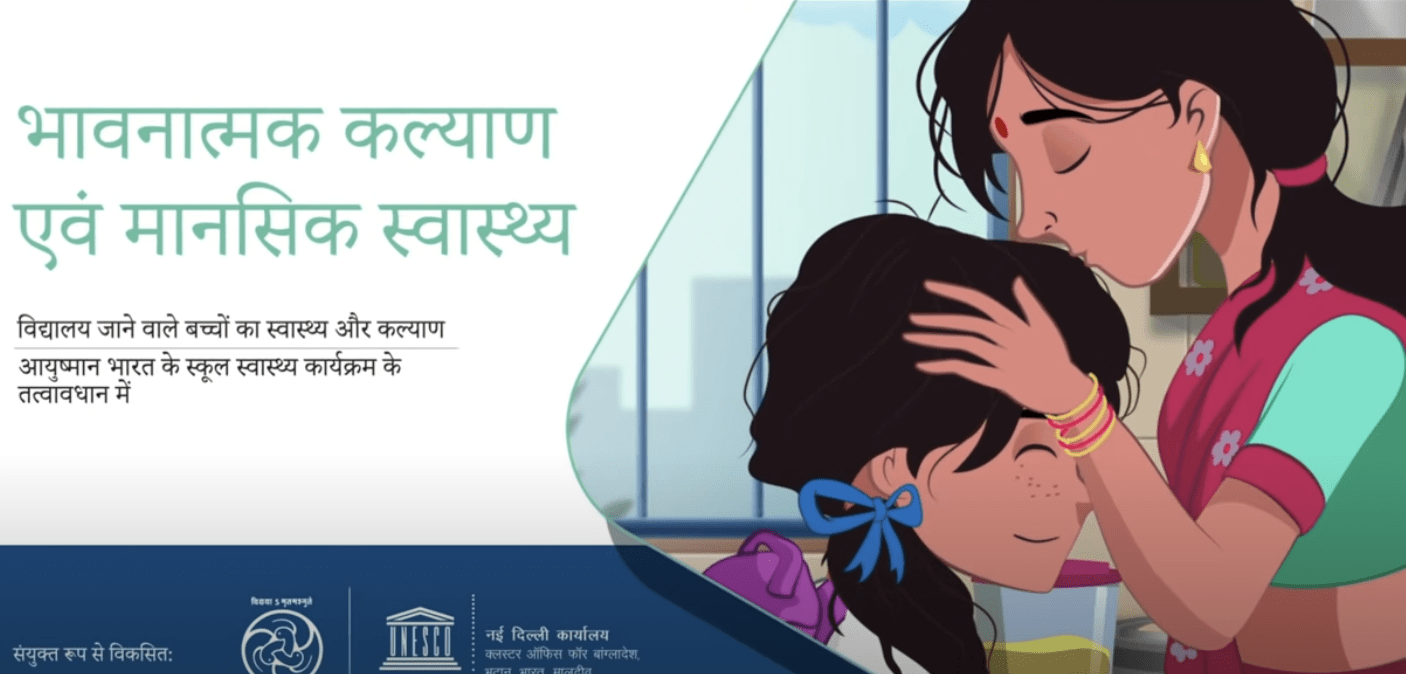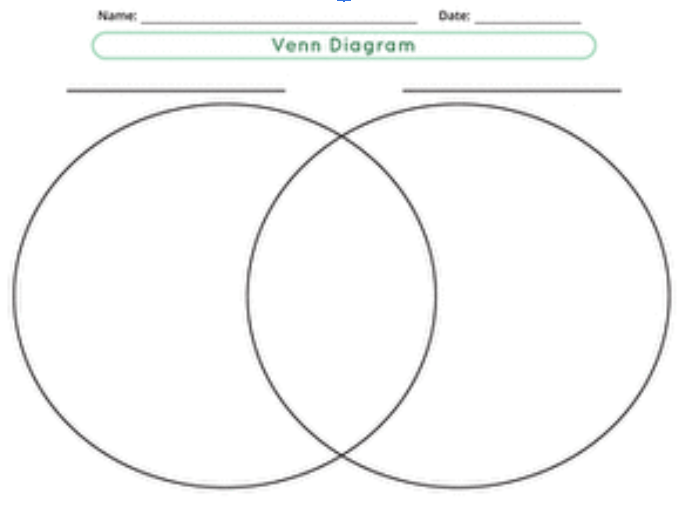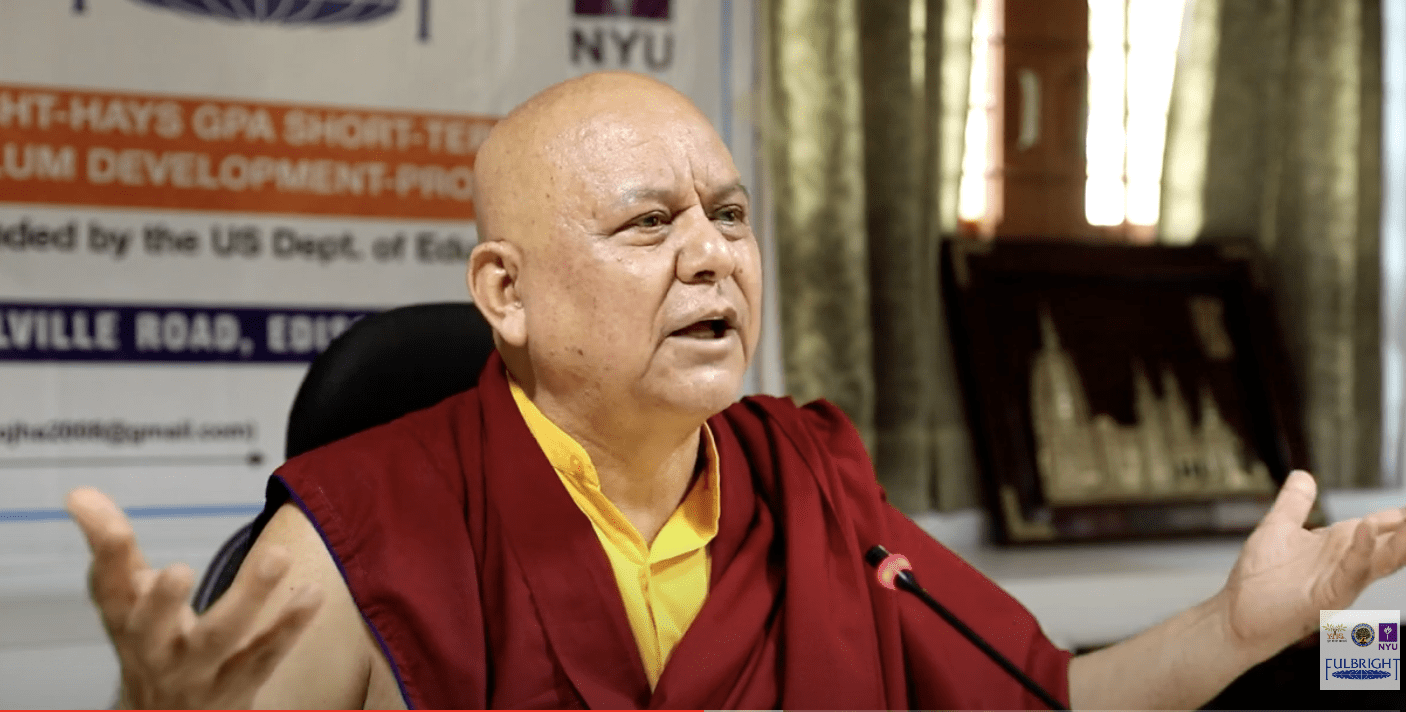Time: 4X75 min
Step 1. Competition: Students work in pairs: they are given 10 min to go through the vocab list (below) and add as many synonyms as they know/can to at least five items of their choice. Students share their vocabulary.
Vocabulary:
- अंतहीन – endless
- अधूरी – unfulfilled
- अधूरी इच्छा f. – unfulfilled wish
- अहसास m. – realization
- आयुष मंत्रालय – Ministry of Ayush (Ayurveda and Medicine)
- उदासी f. – depression
- गतिविधि f. – activity
- व्यायाम m. – physical workout
|
- दिनचर्या f. – daily routine
- धैर्य m. – patience
- परिजन / परिवार m. – relative/ family
- प्रसन्नता f. / आनंद m. / सुख m. – cheerfulness/happiness
- बचाव m. / सुरक्षा f – prevention/protection
- मंत्रालय m. – Ministry
- मज़बूत – strong
- मानसिक संतुलन m. – mental balance
- संतोष m. – contentment
|
- मनपसंद – favorite
- मनोचिकित्सक m. – psychiatrist/psychologist
- मस्तिष्क m. – brain
- महत्वपूर्ण – important/significant
- विशेष – special
- सूरज की रोशनी f. – sunlight
- आध्यात्मिक.– spiritual
- जागरूकता f. – awareness
- सचेतनता f . – mindfulness
- हमदर्दी/ सहानुभूति / दया / करुणा f. – compassion
|
Step 2. The students view video on mental health and in pairs list several conditions for wellness based on the video:
https://www.youtube.com/watch?v=Nlz8yKG0ySU. With a new partner, students discuss what they have listed.
 Step 3.
Step 3. Then they view a Buddhist
lecture (4:50-10:30 min) and compare what information is the same and what is different in the two sources.

 Step 4.
Step 4. The teacher reviews जो… वह… relative correlative sentence structure and shows the mind map about counseling as a sample to develop a mind map for homework and lets the pairs make a list of new ideas (mental, social, economic, occupational, environmental, etc.).
Step 5. Homework: Individually, students create a mind map with their ideas along with an audio file explaining it (ppt slide or another format) and use 5+ जो… वह… जब… तब…sentences.
Step 6. Individually, students read the
post from the Health Ministry, mark the relative-correlative sentences and pick one of the points as the most important point, i.e. सबसे उपयोगी और महत्वपूर्ण सुझाव to manage mental health and explain why as a comment under the post. They prepare 3+ arguments why they think it is the most important point and report it to the class. They use 3+ जैसे… वैसे…, जहां… वहाँ.. The class rates the best suggestions from the point of view of their:
- applicability
- effectiveness
- innovativeness.
Step 7. Teacher explains passive in the subjunctive and has students practice it in the context of advice for mental health in जो… वह…,जब… तब… sentences. Students practice the use of the structure.
Step 8. Homework: In the role of student mental health advisors, for the viewers of a youtube channel on mental health, students create in pairs a detailed power point presentation how to achieve wellness which is based on their observations and conclusions. It includes:
- an elaborate mind map
- 3+ sentences in the passive voice
- 3+ sentences in the passive subjunctive
- 20+ new vocabulary items
Step 9. Students participate in a debate “Physical exercise and less screen time are more important for overall wellness than mental relaxation techniques.”
 Step 3. Then they view a Buddhist lecture (4:50-10:30 min) and compare what information is the same and what is different in the two sources.
Step 3. Then they view a Buddhist lecture (4:50-10:30 min) and compare what information is the same and what is different in the two sources.  Step 4. The teacher reviews जो… वह… relative correlative sentence structure and shows the mind map about counseling as a sample to develop a mind map for homework and lets the pairs make a list of new ideas (mental, social, economic, occupational, environmental, etc.).
Step 4. The teacher reviews जो… वह… relative correlative sentence structure and shows the mind map about counseling as a sample to develop a mind map for homework and lets the pairs make a list of new ideas (mental, social, economic, occupational, environmental, etc.). 
